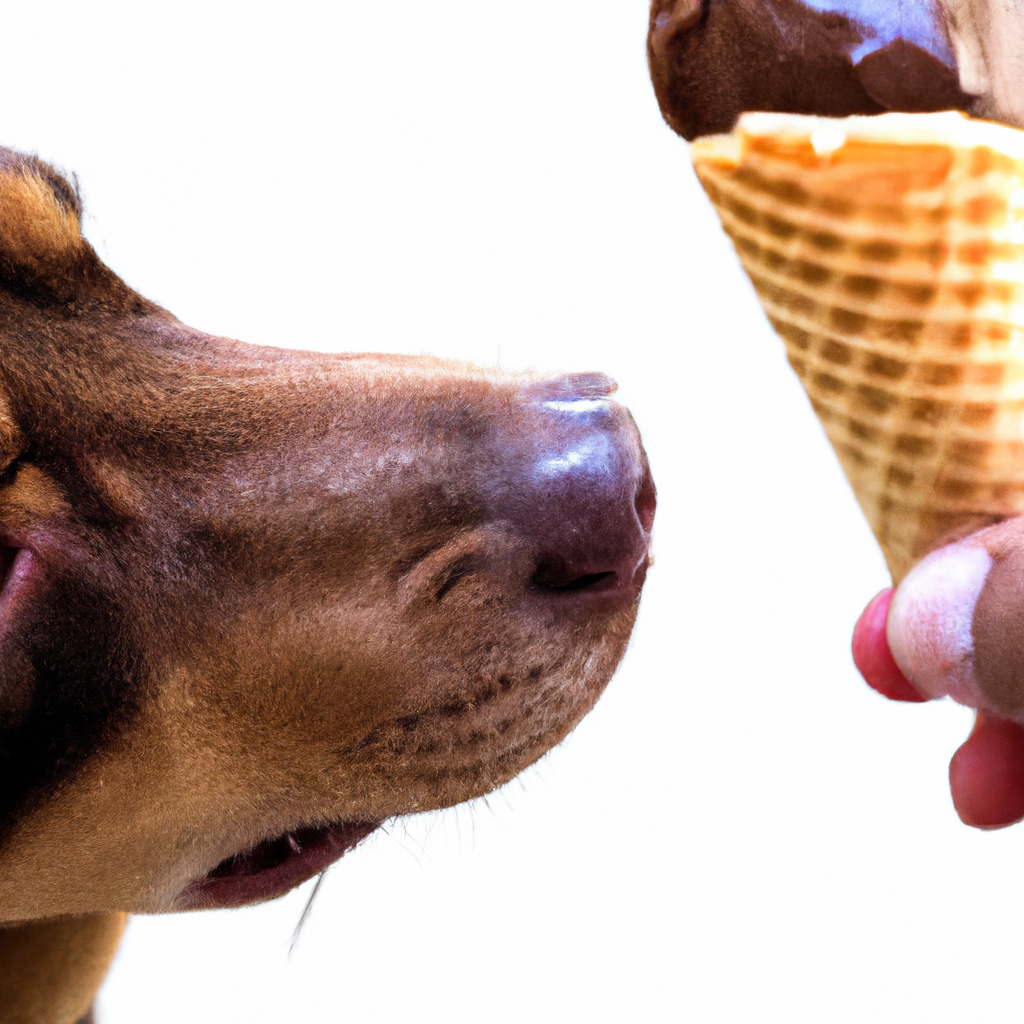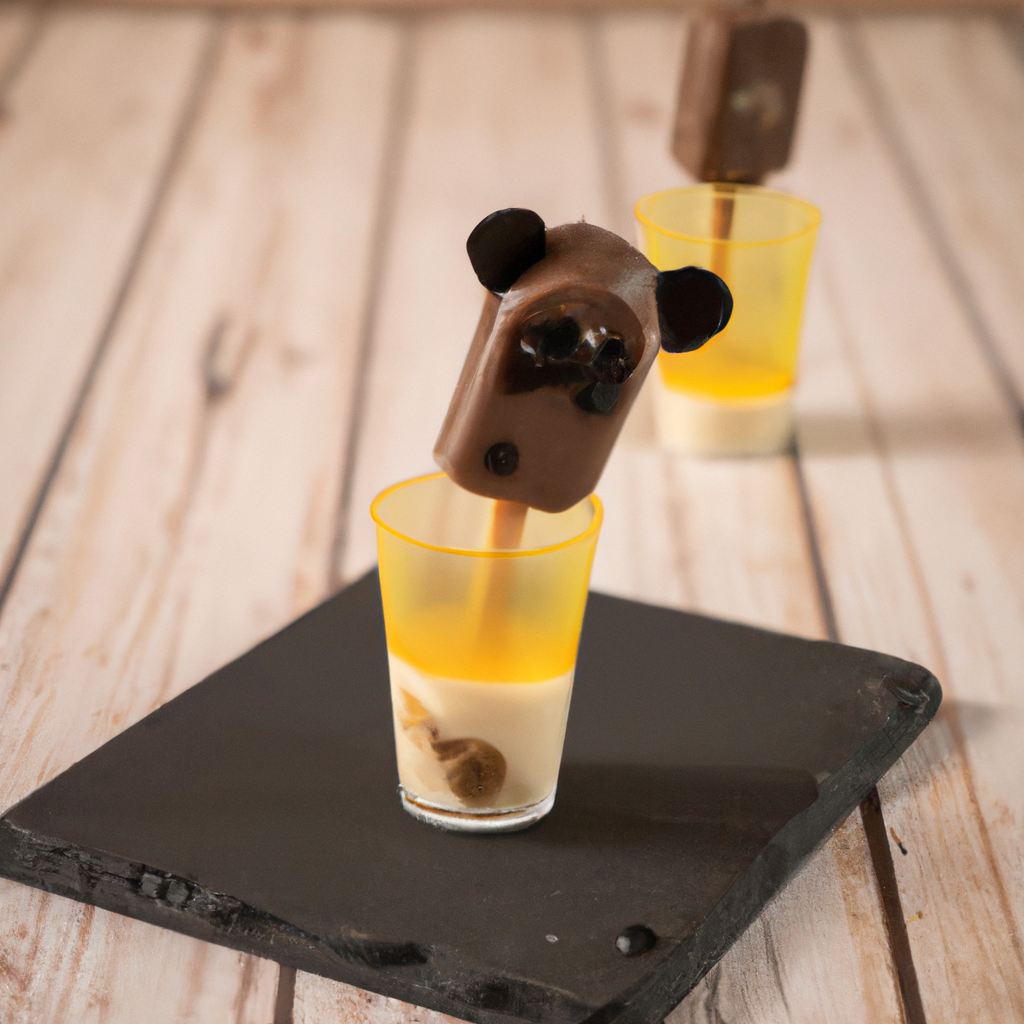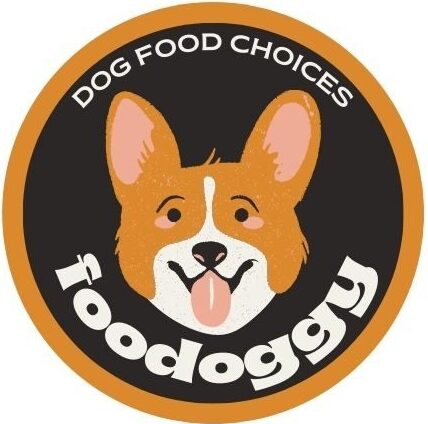A warm summer day, the sun shining brightly in the cloudless sky, birds chirping harmoniously in the background. A playful dog with a wagging tail and sparkling eyes, running around, stopping occasionally to lap up a cold, creamy delicacy – a scoop of chocolate ice cream. This picturesque scene, as delightful as it seems, raises a crucial question that every pet owner should be familiar with, Can dog eat chocolate ice cream?
In the mirthful world of pets, our furry friends often become a part of heartwarming moments, sharing not just our homes, but our treats as well. Yet, it’s imperative to know that not all human foods are suitable for dogs. The topic of chocolate ice cream raises eyebrows, stirring up controversy among pet owners. Is it a harmless indulgence or a perilous treat? This article aims to shed light on this matter, providing insights backed by veterinary knowledge and research.

Can Dogs Eat Chocolate?
Begin the journey by uncovering why chocolate is harmful to our furry friends. Dive into the distressing symptoms of chocolate poisoning they may exhibit. But wait, can they enjoy white chocolate without harm? Each breed responds differently, so explore chocolate toxicity levels in various dog breeds. Finally, discover the treatment options available when Fido sneaks a forbidden treat. Remember, understanding is the key to keeping our four-legged friends safe.
Is It Bad for Dogs to Eat Chocolate, and Why?
Stepping into the world of canine nutrition, one question often takes the spotlight – Is it bad for dogs to eat chocolate, and why?
Imagine a child’s delight, eyes sparkling as they unwrap a shiny foil-covered chocolate bar. The rich, sweet aroma fills the room, and a nearby dog’s ears perk up, intrigued by the tantalizing scent. But unlike the harmless joy this sweet treat brings to humans, for our four-legged friends, chocolate can be a dangerous foe.
Within the velvety layers of chocolate lies a bitter truth. Chocolate contains theobromine, a stimulant closely related to caffeine. While humans can metabolize theobromine readily, dogs process it much slower, causing it to build up to toxic levels in their system. This can lead to a variety of alarming symptoms, from hyperactivity and restlessness to life-threatening heart problems.
A single bite might not send them rushing to the vet, but a larger quantity surely could. And the darker the chocolate, the higher the theobromine content, making bittersweet and dark chocolate far more dangerous than milk chocolate.
So, can dogs eat chocolate? The simple answer is no. It’s not just a case of an upset tummy; chocolate ingestion can be serious and sometimes fatal.
Can Dog Eat Chocolate Ice Cream?
The delightful allure of chocolate ice cream can prove irresistible, even for our furry friends. But what are the consequences of a dog indulging in this treat? Let’s explore the effects of chocolate ingestion in dogs and delve into the immediate steps to take if such an event occurs. We’ll also discuss the varying levels of chocolate toxicity in different dog breeds, and touch upon the crucial emergency procedures to follow. Remember, while the sight of a pup enjoying a sweet treat may tickle the heart, dog health always comes first.

What Happens if a Dog Eats Chocolate Ice Cream?
Diving sweetly into the next topic, chocolate ice cream, a favorite among humans, may seem like a delightful treat to share with a furry friend. However, if a dog consumes this sugary dessert, the consequences could be far from delightful.
Imagine a scene on a hot summer day. The sun is blazing, and a scoop of chocolate ice cream is melting slowly in a bowl. A curious dog, attracted by the sweet scent, takes a lick. The sugar rush is immediate – a burst of energy, followed by a sense of euphoria. But soon, the dog starts to feel unwell. Why?
The culprit is theobromine, a component of chocolate that is toxic to dogs. Ingesting it can trigger a series of unpleasant reactions, such as restlessness, increased heart rate, and tremors. Additionally, the high lactose content in ice cream can cause digestive issues in dogs, as many of them lack the enzymes needed to digest lactose properly.
Remember, no matter how much those puppy eyes plead for a taste, kindly resist. Keep the chocolate ice cream in the human realm and opt for a dog-friendly frozen treat instead. A dog’s health is always paramount over their temporary pleasure.
Read More Here: Can Dogs Eat pistachio Ice Cream?
What Should I Do if My Dog Ate Chocolate?
Peeling away from the common misconception that chocolate is a delightful treat for dogs, it’s time to delve into a situation that warrants immediate attention. What if an adorable canine companion has sneaked a bite or two of chocolate?
Firstly, don’t panic. While it’s true that chocolate is toxic for dogs, a calm and collected approach will lead to the best response. As a first step, determine the type and amount of chocolate consumed. The higher the cocoa content, the more severe the toxicity.
Next, call the vet immediately. Provide them with all the necessary information about the dog’s size, the amount, and type of chocolate consumed, and any symptoms observed. The veterinarian will provide specific instructions based on this information.
Prompt action may include inducing vomiting, but this should only be done under the vet’s guidance. It’s crucial to understand that inducing vomiting is not always the best course of action, especially if the dog is already showing severe symptoms.
Remember, the priority lies in ensuring the dog’s safety. When it comes to dogs and chocolate, being cautious and proactive can prevent serious consequences. It’s always best to keep chocolate out of dogs’ reach.

How Much Chocolate Is Toxic to a Dog?
Beginning with the ominous question, How Much Chocolate Ice Cream Will Kill a Dog?, the journey dives into the canine-chocolate conundrum. Urgent Immediate Actions After Chocolate Ingestion swiftly follow, illuminating the path to safety in a crisis. Understanding Theobromine Toxicity unveils the ‘why’ behind the chocolate toxicity, painting a scientific tableau. Then, exploring the Factors Influencing Chocolate Toxicity unveils the varying risk levels, like diverse pieces of a puzzle.
How Much Chocolate Ice Cream Will Kill a Dog?
After diving deep into the world of canine diets, we’ve already established that chocolate ice cream isn’t a dog’s best friend. Now, let’s embark on a journey to understand just how much chocolate ice cream would put your beloved pet in danger.
In every lick and scoop of chocolate ice cream, lurks a hidden danger for dogs, known as theobromine. This compound is perfectly safe for humans but can be lethal for our four-legged friends. It’s a challenging question to answer precisely how much chocolate ice cream could be fatal. The reason being, it isn’t just about the quantity of ice cream; it’s about the concentration of theobromine within it.
Imagine, if you will, a world where chocolate ice creams come in different levels of chocolate intensity. A scoop of dark chocolate ice cream contains much more theobromine than a scoop of its milk chocolate counterpart. This means that a small amount of dark chocolate ice cream could indeed be more harmful than a larger amount of milk chocolate ice cream.
Keep in mind that a dog’s size, breed, and overall health also contribute to how they handle theobromine. So, no matter how pleading those puppy eyes get, it’s best to keep that chocolate ice cream out of paw’s reach.
Read More Here: Can Dogs Eat Lactose-Free Ice Cream?
What Makes Chocolate Toxic to Dogs?
From exploring the dangers of a dog’s chocolate consumption, let’s dive deeper into the science behind this toxicity. Imagine a bustling microscopic world within the canine body as it attempts to digest the offending cocoa.
The primary culprit that makes chocolate a potential poison for pooches is a component known as theobromine. This alkaloid substance, found naturally in cacao beans, paints a dark picture of chocolate’s toxicity. In humans, theobromine is a mild stimulant that contributes to our love for chocolate. However, in the canine world, this compound becomes a dangerous invader.
Dogs metabolize theobromine much more slowly than humans, resulting in a build-up within their system. This sluggish metabolism turns an otherwise delicious treat into a toxic trap for our furry friends. Imagine a slow-moving river, where pollutants can accumulate over time, creating a hazardous environment for its inhabitants.
In large enough quantities, theobromine can cause a variety of symptoms in dogs, from mild to severe. Imagine a dog’s heart racing uncontrollably, its nervous system going haywire, and its digestive system in turmoil. These symptoms can manifest as restlessness, rapid breathing, muscle tremors, and even seizures.
To further understand the danger, think of chocolate as a wolf in sheep’s clothing for dogs. It might look harmless and even appetizing, but underneath its appealing exterior lies a hidden danger. This understanding highlights the importance of keeping our canine companions away from this sweet temptation. Next time you savor a piece of chocolate, remember the silent battle your pet would face if they were to indulge in the same treat.
Conclusion
In the realm of canine cuisine, chocolate ice cream remains a decadent delight best savored by humans alone. Its sweet allure belies a potent danger to our four-legged friends, making it a treat to be strictly avoided.
The innocent licks of a chocolate ice cream cone may seem harmless, yet the hidden toxicity can lead to dire consequences. A pup’s penchant for treats should never outweigh the importance of their health. Remember, a happy dog is a healthy dog, and that means no chocolate!
